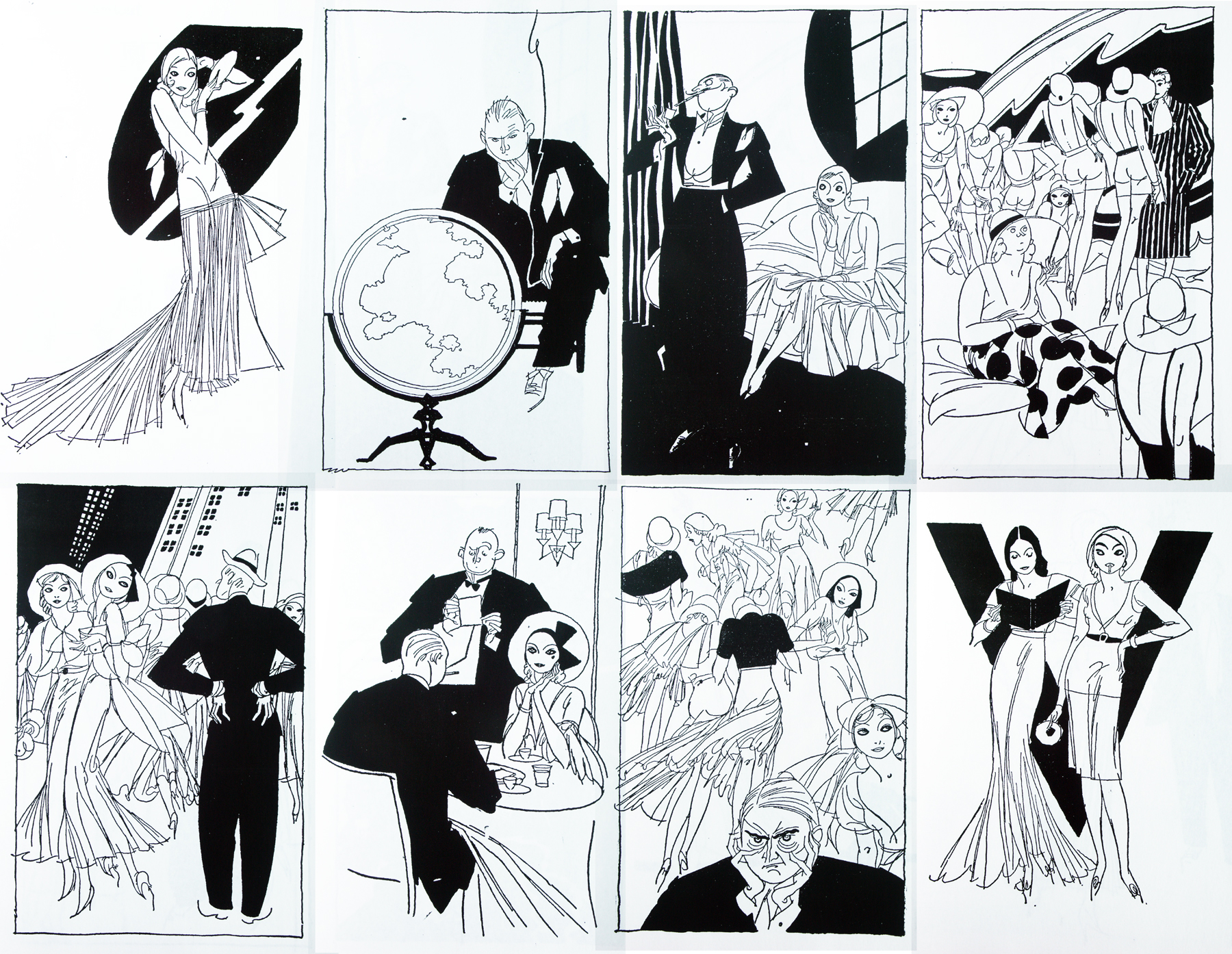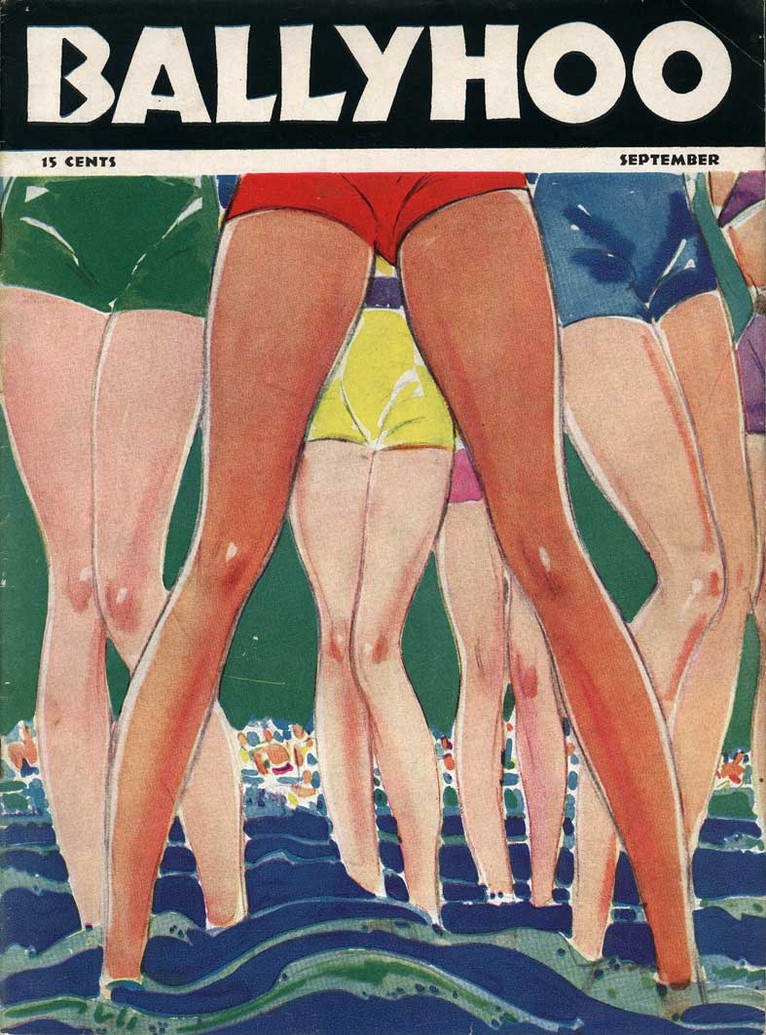Russell Patterson

Russell Patterson was an American illustrator, cartoonist, and scenic designer who was born on December 26, 1893 in Omaha, Nebraska. As a boy, his family moved to Montreal, Canada where he would later briefly study architecture at McGill University. However, at age 17, he decided that he wanted to become a magazine cover artist and made sure that he tried to pursue that goal. After McGill, he briefly worked as a cartoonist for some newspapers in Montreal such as the Pierre et Pierrette to La Patrie. During World War 1, he tried to enrol into the Canadian army but was rejected and soon, Patterson moved to Chicago to work as a catalog illustrator. His early work was for department stores like Carson, Pirie, Scott & Company, etc. Patterson also visited Paris to have a life-time opportunity to learn life drawing classes and other forms of art however, it also put him in debt and thus, he went back to do illustrations in Chicago. From 1916 to 1919, Patterson attended the Art Institute of Chicago and from 1922 to 1925, Patterson began to distribute his own art instruction books. Patterson attempted to get into fine art however he found that the art galleries were indifferent to his work. In 1925, he moved to New York City where he found his direction in illustration. He began to work for various magazines like College Humor, Judge, and Life which propelled his career into a celebrity. He later began to work for covers for famous magazines like Saturday Evening Post, Vogue, and Vanity Fair. The reason for his success was his “flapper” girl character. Inspired by F. Scott Fitzgerald’s “The Great Gatsby”, he wanted to create a look that was different from the models of beauty at the time. Thus, he invented the “Patterson” girl, a woman with long legs and patent leather hair. Similar to the “Gibson” girl, the “Patterson” girl became the look of the 1920s. Patterson would dress her into various clothes such as silk dresses and raccoon coats. When photography started to take over magazines, Patterson moved to comic books and began to create a new character named “Mamie”, an extremely well‐endowed, dumb blonde. In the 1930’s, “Mamie” would become a sex icon and and would be copied by Hollywood. Throughout the 30s, Patterson would design sets and costumes for movies and Broadway shows. His work in movies include “The Gangs All Here” and “Hold Your Horses”. He would continue to do illustration and even do interior design as well. During World War 2, he designed army uniforms for the Women’s Army Corps and drew ads and comic strips to promote the WAC.
Patterson art style was reminiscent of the Art Deco movement that was happening during the time and would inspire the flamboyant “flapper” look that Patterson was known for when drawing women. I really like Russell Patterson”s work. His style is simplistic compared to the more realistic illustrators but he still manages to portray the vibrant lifestyle of the 20s. His style reminds a bit about Erte’s style and his comics reminds me a lot about very early superhero and Archie comics with the thick outlines and flat colours. His line work is great and the way he draws folds and expressions look interesting.





Sources and Images
https://www.societyillustrators.org/russell-patterson
Leave a Reply